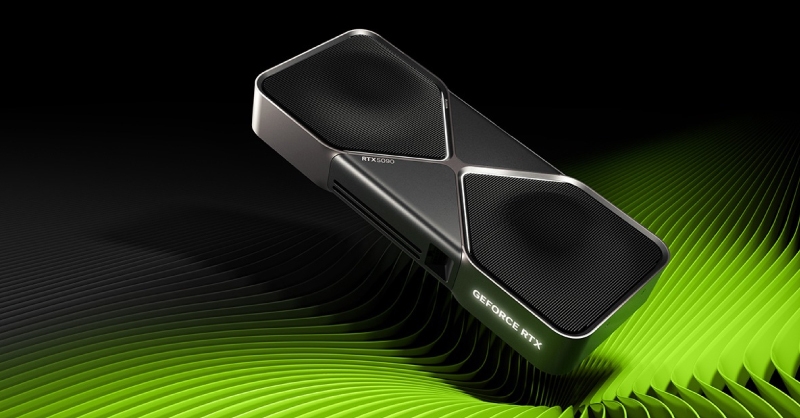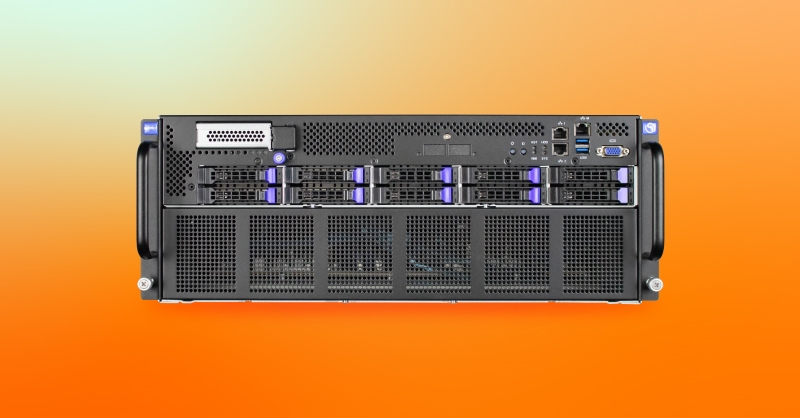Introduction
Upgrading computer hardware is a critical step to ensuring your system remains capable of handling evolving workloads. For consumers, upgrades might focus on gaming performance or smoother multitasking, while enterprises prioritize scalability and efficiency to support demanding applications. Thoughtful planning and execution of upgrades can significantly enhance system performance and prolong hardware lifespan.
Key Considerations Before Upgrading

Before diving into hardware upgrades, it’s essential to evaluate the limitations of your current setup. Is your GPU struggling to keep up with modern games? Are applications slow to load due to outdated storage? Start by identifying specific pain points and addressing them with targeted upgrades.
- Compatibility Checks: Ensure that new components match your existing system’s specifications. For example, high-end GPUs like the NVIDIA RTX 5090 require ample power (575W) and space (depending on the brand), while newer generation CPUs like AMD’s Ryzen 9000 series and Intel Core Ultra need new motherboards. That can mean a new PC case, larger power supply, motherboard, or memory modules (upgrading from DDR4 to DDR5).
- Budget Planning: Strike a balance between cost and performance. Consumers upgrading should focus on a use case as opposed to getting the top of the line. Businesses scaling their workstation fleet or enterprise operations need to consider the total units of CPUs and GPUs to stay within budget while still deploying high-performance systems.
If you have any questions about sourcing your computer hardware or need a dedicated solutions integrator, talk to us today. SabrePC is an experienced B2C and B2B solutions provider that delivers HPC hardware to small consumers and large deployments.

Types of Upgrades
Different deployments will prioritize different computer hardware changes. While consumers are mainly focused on gaming and productivity workloads, enterprises may focus on expanding and scaling.
For Consumers:
- Graphics Cards: Power users and gamers benefit significantly from newer GPUs like the RTX 50-series or Radeon RX 9000 series. These GPUs can feature increased VRAM and cores which can accelerate 3D design workflows, increase framerates, and offer amazing raytracing abilities. Now with the open-source nature of AI, these power users can also run foundational AI models on their PC.
- Memory & Storage: Increasing RAM capacity to 32GB or switching to an NVMe SSD ensures faster load times and smoother workflows, essential to video editing, CAD, and more. Whether it's scrubbing timelines or visualizing 3D print models, storage and memory make the experience smooth and less frustrating.
For Enterprises:
- Processors: Upgrading to CPUs like the Intel Xeon Scalable or AMD EPYC series boosts server performance for data-intensive tasks. Upgrading to CPUs like AMD Threadripper PRO and Intel Xeon W in the fleet of workstations increases productivity and time to solution.
- Graphics Cards: Professional GPUs like the NVIDIA RTX Ada line of GPUs can be extremely powerful for more memory-intensive tasks featuring up to 48GB of VRAM. The new NVIDIA RTX Blackwell line of GPUs are just around the corner.
- Storage Solutions: Large-capacity enterprise NVMe SSDs reduce latency and improve throughput in critical applications. Enterprise could invest in hyper-dense NVMe storage via the EDSFF SSDs with the E1.S, E1.L, E3.S, and E3.L NVMe SSDs.
- Networking: The easiest way to increase throughput is by upgrading your networking to handle more throughput faster. Networking is the nervous system of the data center and should be a top priority for upgrade as the transfer of data continues to rise.
By selecting the right upgrades tailored to your needs, you can effectively address performance bottlenecks and future-proof your system.

Benefits of Hardware Upgrades
Upgrading hardware offers a range of benefits that go beyond just performance improvements:. By staying proactive with upgrades, both consumers and enterprises can keep pace with evolving software demands and maintain a competitive edge:
Improved Performance and Efficiency: For consumers, upgrading to a modern GPU or SSD can drastically enhance gaming, rendering, or multitasking capabilities. Enterprises can leverage high-performance CPUs, GPUs, and NVMe storage to reduce processing times and improve workflow efficiency. Also, don’t sleep on a robust networking infrastructure.
- Extended System Lifespan: Instead of replacing the entire system, upgrades allow you to keep existing setups viable for years, reducing e-waste and saving money.
- Cost-Effective Scaling: Especially for enterprises, upgrading specific components, like adding GPUs for machine learning tasks, is often more budget-friendly than purchasing new servers or workstations.
Closing Tips and Recommendations
To ensure a successful hardware upgrade process:
- Stay Informed: Keep up with hardware advancements to understand what upgrades are worth investing in. For example, PCIe 5.0 SSDs and DDR5 memory are now widely available and deliver significant speed improvements without costing an arm and a leg (compared to 2022). Keep in touch with SabrePC for hardware news.
- Seek Professional Advice: For complex enterprise setups, consulting IT professionals ensure compatibility and optimal performance. Our engineers at SabrePC can help deliver you a tailored solution for your workflow.
- Monitor Performance Regularly: Use tools like HWMonitor or enterprise-grade monitoring software to track system health and identify when upgrades are needed.
Whether you're a consumer looking to enhance performance or a business/enterprise scaling to new workloads, the right upgrades make all the difference. Visit SabrePC to explore cutting-edge hardware solutions tailored to your needs.



![SPC-Blog-Upgrade-PC-Hardware-desktop-ws-enterprise-deployments-1].jpg](https://images.contentstack.io/v3/assets/bltb654d1b96a72ddc4/bltbd712ef58cc62565/6792e79f5a5c6371b1c114a8/SPC-Blog-Upgrade-PC-Hardware-desktop-ws-enterprise-deployments-1].jpg?format=webp)